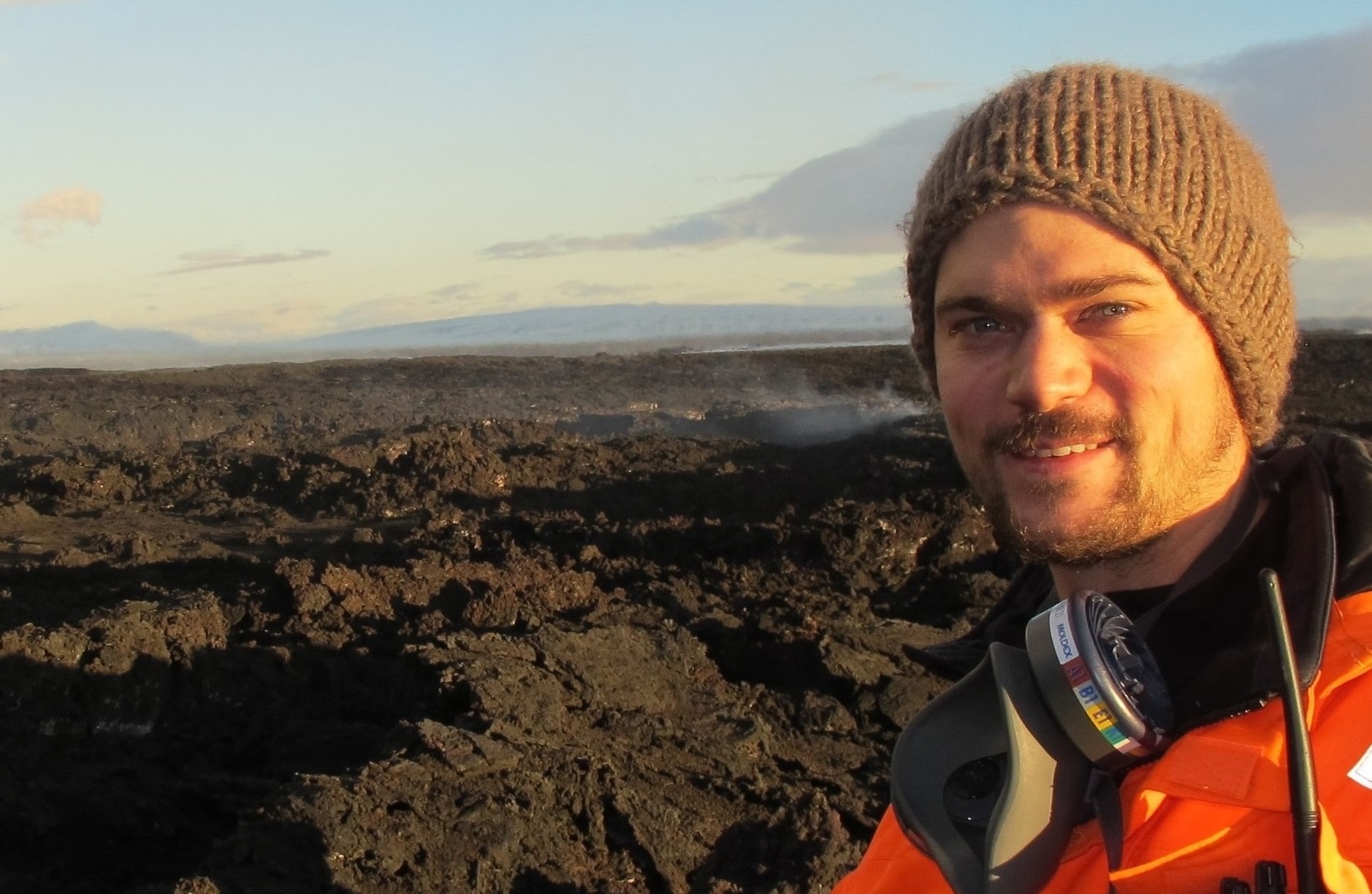Marie Skłodowska-Curie Individual Global Forschungsstipendium / Projekt DYNAVOLC (H2020-MSCA-IF-2017) für Dr. Stephan Kolzenburg
DYNAVOLC: Transitions in Rheology and Volatile DYNAmics of Magmas: Mapping the Window to Explosive VOLCanism.
01.04.2018
Dr. Stephan Kolzenburg wird demnächst ein durch die EU gefördertes Marie Curie individual global Forschungsstipendium / Projekt an der LMU München beginnen. Während der dreijährigen Projektdauer wird Dr. Stephan Kolzenburg mit Experten aus den Geo- und Materialwissenschaften an der McGill Universität in Montreal, Kanada und der Ludwig-Maximilians-Universität, München zusammenarbeiten um dynamische Veränderungen im Fließverhalten und in dem Entgasungsverhalten von Magmen zu erforschen um die Voraussetzungen für explosiven Vulkanismus zu definieren. Das Projekt DYNAVOLC wird von der LMU beherbergt und geleitet (Projektkoordinator: Stephan Kolzenburg).
Das Ziel von DYNAVOLC ist es "die Brücke zwischen den Geo- und Materialwissenschaften zu schlagen um ein systematisches Verständnis der Veränderungen der Fließeigenschaften von Magmen, von der Magmakammer bis hin zur Eruption, zu entwickeln. Die Forschungsergebnisse werden dazu beitragen präzisere vorhersagen über das verhalten von Vulkanen zu entwickeln und könnten zudem Anwendung in der Glas in Keramik Industrie finden"
Projekt Abstract:
The growing number of inhabitants, tourists, and economic activities near volcanoes, require adequate volcanic hazard assessment and -mitigation plans to guide decision-making in the case of volcanic unrest. Especially the Campi flegrei caldera (Naples, Italy) is a significant threat to the EU, as a large scale eruption is foreseen within the coming century.
Accurate forecasting of volcanic behaviour is hampered by a lack of understanding of the magmas transport properties. Changes in viscosity due to the interaction between primitive and evolved magmas are documented to trigger volcanic eruptions across the globe. In the past decades, two key transition zones in magma rheology were identified that separate effusive from explosive and eruptible from non-eruptible magmas: 1) solidification through crystallization and 2) fluidization through vesiculation.
Even though these transition zones are identified and the computation capacities to forecast volcanic eruptions have grown exponentially over the past decades, none of the available computer models are able to produce coherent results and no model scenario is verified in nature. This is because predictive approaches rely on accurate rheological data, which are absent to date.
Recent technological advances, in combination with a new, interdisciplinary research approach now allow us to address this knowledge gap. Measuring the evolution of magma viscosity across the two change zones is one of the most interesting challenges at the interface between geo- and material-sciences.
Für weitere Informationen wenden Sie sich bitte an:
DYNAVOLC Projektkoordinator
Stephan Kolzenburg
Ludwig-Maximilians-Universität Department of Earth and Environmental Sciences
Theresienstr. 41/III
80333 Muenchen
DEUTSCHLAND
skolzenburg@gmail.com






